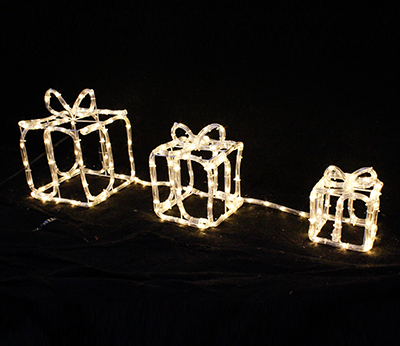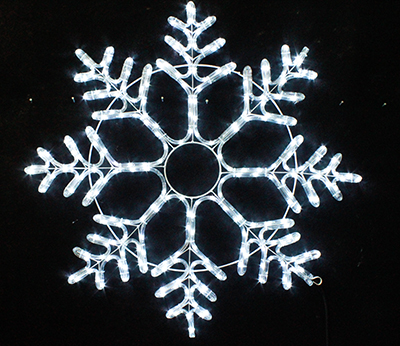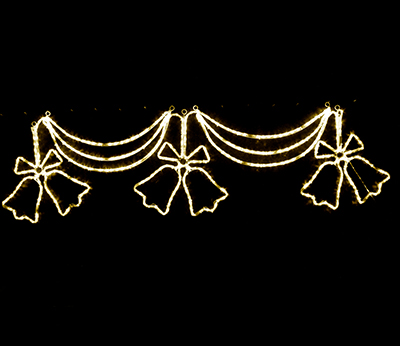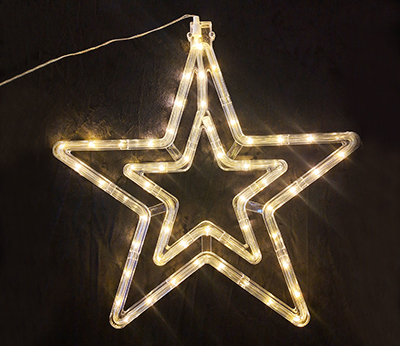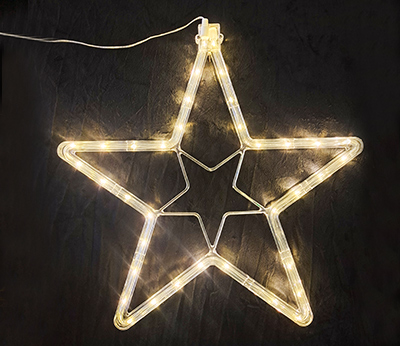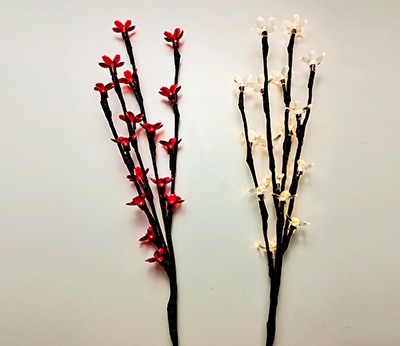LED Christmas tree lights are becoming an increasingly favored choice for festive decorations in homes, commercial spaces, and public areas. Their energy efficiency, durability, and wide range of design options have positioned them as a practical alternative to traditional incandescent lights. As holiday seasons continue to inspire decorative creativity, the role of LED lights in creating vibrant and efficient displays is expanding across various markets.
Energy Efficiency and Cost Benefits
One of the main advantages of LED Christmas tree lights is their ability to operate with lower energy consumption compared to conventional bulbs. This characteristic allows households and businesses to decorate extensively without significantly increasing electricity costs. Reduced energy usage also aligns with broader sustainability efforts, making LED lights appealing to environmentally conscious consumers.
In addition to energy savings, LED lights generate less heat during operation. This feature enhances safety when used on trees and other flammable materials, lowering the risk of overheating. The combination of safety and cost-effectiveness is encouraging more consumers to invest in LED lighting for seasonal celebrations.
Durability and Longevity
LED Christmas tree lights are known for their long service life, which contributes to their growing popularity. The solid-state construction of LEDs allows them to withstand vibrations and impacts that might damage fragile glass bulbs. This durability makes them suitable for both indoor and outdoor use, even in varying weather conditions.
The extended lifespan of LED lights reduces the need for frequent replacements, providing value over multiple holiday seasons. For commercial venues and public displays that require large-scale installations, this reliability helps minimize maintenance costs and ensures uninterrupted operation during peak holiday periods.
Variety of Designs and Applications
Manufacturers are offering LED Christmas tree lights in an array of colors, shapes, and lighting patterns to suit diverse decorative preferences. Options range from classic warm white strands to multicolor sets with programmable effects, allowing users to create customized holiday displays. Many lights feature modes such as flashing, fading, and sequential illumination, providing versatility for both traditional and contemporary themes.
The adaptability of LED lights extends beyond Christmas trees. They are frequently used for wreaths, outdoor landscaping, and architectural accents during the holiday season. This flexibility supports cohesive decorative schemes that enhance the overall festive atmosphere in homes and public spaces alike.
Ease of Use and Modern Features
Advancements in LED technology have introduced features that improve convenience for users. Many LED Christmas tree lights are now available with remote controls, timers, and even smartphone compatibility, enabling effortless customization of lighting schedules and effects. Some models incorporate solar power options for outdoor installations, further enhancing energy efficiency and reducing dependence on electrical outlets.
Tangle-resistant wiring and lightweight designs also simplify installation and storage. These user-friendly improvements encourage broader adoption among households looking for practical yet attractive holiday lighting solutions.
Market Outlook
The outlook for LED Christmas tree lights remains positive. Seasonal markets continue to expand, with retailers and manufacturers offering new designs that cater to evolving consumer tastes. Public installations and large-scale holiday events also contribute to the steady growth of this segment.
By combining efficiency, durability, and creative versatility, LED Christmas tree lights are shaping modern holiday decorating trends. Their role in creating festive environments underscores their importance in seasonal celebrations, positioning them as a key element in both residential and commercial holiday displays.



